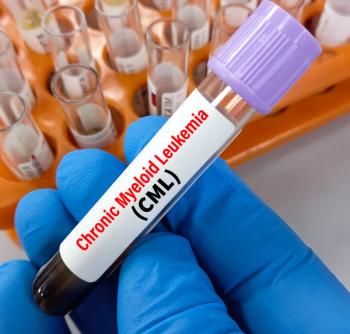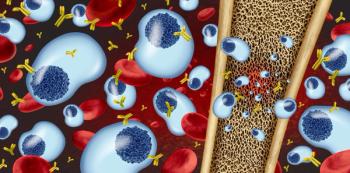
- January 2011 Aging Population
- Volume 77
- Issue 1
Technology News
Bright Future Ahead for Mobile Health Apps
The market for mobile health applications is thriving, and will continue to grow through 2012, according to a new report by Pyramid Research. Patients can currently choose from more than 200 million mobile health applications—a number Pyramid’s analysts expect to triple by 2012.
The report, called “Health Check: Key Players in Mobile Healthcare,” found that 70% of patients worldwide are willing to pay for access to mHealth applications. The widespread interest in mobile health apps is a boon for technology and telecommunications providers, as well as health care providers and payers interested in lowering the cost of high-quality health care.
“Healthcare solutions that are delivered via mobile technology are creating a new frontier of innovation that is driving down costs, increasing access, and improving quality of care,” said Pyramid analyst Denise Culver. “And even as mHealth connects, informs, and protects patients and caregivers in powerful ways, it also opens up many opportunities for mobile network operators,” she added.
A host of mobile network operators, equipment manufacturers, hardware and software vendors, and application developers have jumped on the mHealth bandwagon, many of them partnering with health care providers and payers to create high-functioning applications with practical health uses and broad consumer appeal.
For the mobile health market to reach its full potential, however, a few key challenges must be addressed. Given the sensitive nature of health data, the security of mHealth apps remains a major concern. Providers must also be willing to invest the time and money needed to implement new technologies, and regulators must create approval pathways to safely and quickly bring products to market.
Tech Pioneers on Parade at Digital Health Summit
At the 2011 Consumer Electronics Show in Las Vegas, innovators showcased new technologies that experts are calling “game changers” for digital health. The event’s Digital Health Summit, held January 7, focused exclusively on these technologies and their potential to transform health care.
In partnership with Microsoft, the Summit held a special panel honoring several companies for advancements in the field. Participating firms included PhiloMetron, whose digital patch measures how many calories a person has eaten and burned, and Proteus Biomedical, developer of edible microchips that can be embedded in “smart pills” to provide biofeedback on a medication’s effectiveness.
The panel also featured a representative from Healthsense, creator of the eNeighbor Resident Monitoring system. The remote system collects vital health data and alerts caregivers to any changes in daily habits, such as sleeping, eating, or bathroom use. It can be customized to a patient’s individual risk profile, and has the potential to help seniors live more independently as they age.
Rounding out the panel was the bebionic, a product that stood out against some of the more consumeroriented devices the Summit featured. Created by Steeper, this flexible, lifelike bionic hand is backed by powerful software that offers precise motor control through customizable grip patterns.
Through this diverse mix of pioneering products, the panel offered thought leaders a chance to glimpse the future of health technology. “It’s an exciting time and being able to bring these individuals together in one room to show, talk about and demonstrate their various technologies is an opportunity I just couldn’t pass up,” said Jill Gilbert, co-producer of the Summit.
Google Launches “Body Browser” Tool
December brought the launch of Google’s “Body Browser,” a new tool that delivers a 3-D interactive map of the human body. Although the application received mixed reviews for functionality, many health providers agree that it holds promise as a visual aid for patients.
“Using Body Browser, you can explore different layers of human anatomy by moving the slider to rotate and zoom in on parts you are interested in,” Google wrote in an introduction. Users can search the map using anatomical terms and share the image they’re viewing by copying and pasting a URL.
The product is currently housed in Google Labs, which means it’s still in the experimental stages. With a few tweaks, Google’s Body Browser could be a valuable addition to patient education counseling sessions. To try the demo tool and provide Google with feedback on how to improve it, visit http://bodybrowser.googlelabs. com/. PT
Articles in this issue
over 14 years ago
Pharmacy Insights: News & Trendsalmost 15 years ago
Diabetes Watchalmost 15 years ago
Women's Health Watchalmost 15 years ago
Asthma Watchalmost 15 years ago
Alzheimer's Watchalmost 15 years ago
Compounding Hotlinealmost 15 years ago
Service is Second Nature for RESPy Winneralmost 15 years ago
Outook: Obesityalmost 15 years ago
Outlook: Clinical Trialsalmost 15 years ago
Case StudiesNewsletter
Stay informed on drug updates, treatment guidelines, and pharmacy practice trends—subscribe to Pharmacy Times for weekly clinical insights.






















































































































































































































